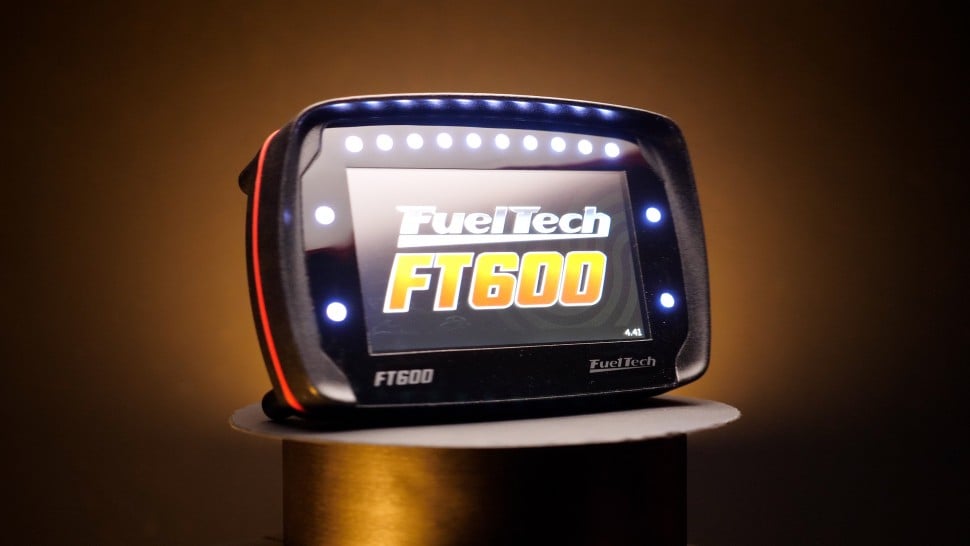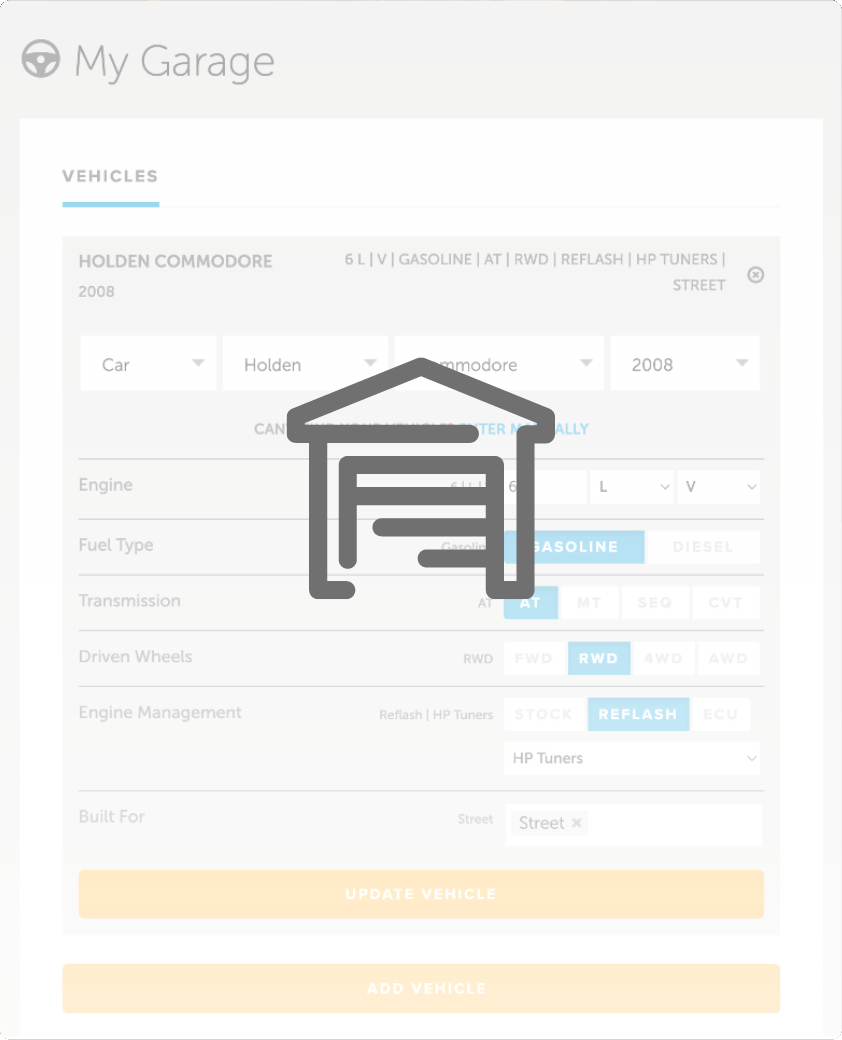| 00:00 |
Having extracted the geometric entities from our mesh file, we now need to transfer this to our dedicated CAD software and get it set up in our workspace, so we can create a 3D parametric model.
|
| 00:11 |
We'll be continuing with our turbo manifold and using Autodesk Fusion for this example.
|
| 00:17 |
On that note, if you're not already familiar with CAD modelling, I strongly recommend checking out the HPA 3D Modelling and CAD for Motorsport course, as this is the perfect place to pick up the fundamental skills required for this work.
|
| 00:31 |
So, before we jump into Fusion, let's just quickly finish up in Peel.CAD.
|
| 00:35 |
So, there's this little transfer icon in the toolbar and if we're working with SolidWorks, Autodesk Inventor, Autodesk Fusion or Solid Edge, then we can transfer directly to that CAD software and this makes things really simple.
|
| 00:50 |
So, in our case, all we need to do is have Fusion already open and then we can hit transfer to Fusion.
|
| 01:00 |
So, if we jump back over to Fusion now, we can see the mesh file has been brought into our workspace and this is in alignment with our coordinate system as we set up in Peel.OS or Peel.CAD or whatever scanning software you're working with.
|
| 01:17 |
So, we also need to bring over our entities.
|
| 01:19 |
So, for that we'll jump back into Peel.CAD and then we'll highlight all the entities, right click and hit transfer to Fusion.
|
| 01:28 |
Then we can jump back over to Fusion and see that all our entities have been brought in and are in perfect alignment with our mesh.
|
| 01:36 |
So, we can see under the bodies tab that each of the cylinders has come over as a solid body.
|
| 01:43 |
Under the sketches we have the centrelines for the cylinders and also the pipe centrelines, as well as the cross section that we exported of the turbo flange.
|
| 01:55 |
And then here under the constructions tab we have all the construction planes and also some other features regarding the cylinders and pipe centrelines.
|
| 02:06 |
So, before we move on, I just want to save this and we'll call that turbo manifold transfer and hit save.
|
| 02:18 |
So, zooming back over to Peel, if we're not working with one of these four dedicated CAD software packages, then we need to take a bit more of a manual approach, but we can still illustrate this using Fusion.
|
| 02:30 |
So, the first step is going to be exporting some files and we're going to start with the entities.
|
| 02:35 |
Basically, we want to select all the planar and cylindrical entities from under the navigation panel.
|
| 02:42 |
So, we're going to right click here and we're going to hit export selected entities.
|
| 02:49 |
We're just going to find a folder on our computer that we want to save them to and we're going to call this one here manifold entities.
|
| 03:01 |
And the trick here is going to be saving this as a step file.
|
| 03:06 |
Hit save.
|
| 03:07 |
For the other entities that contain curves and profiles like the cross sections and the pipe centrelines, these won't be included in a step file.
|
| 03:15 |
So, we'll need to take a slightly different approach and we'll export these selected entities.
|
| 03:20 |
We're going to export these as a DXF file.
|
| 03:23 |
And we'll just call this manifold profiles.
|
| 03:30 |
And hit save.
|
| 03:33 |
Finally, we also need to export our mesh file, so select that from our navigation panel, right click and we'll hit export mesh.
|
| 03:41 |
So, in this case a binary STL is going to work perfectly fine , but if we were working with colour texture, then we would need to choose a wavefront OBJ file or a PLY file.
|
| 03:54 |
But again, in our case a binary STL is a nice simple mesh file that will work perfectly for this.
|
| 04:01 |
And we'll just call this turbo manifold mesh.
|
| 04:05 |
And hit save.
|
| 04:06 |
So, with all of those files saved on our computer, we can jump back over to Fusion and get this set up.
|
| 04:12 |
So, these files have been provided below this video so you can download them and save them to your computer.
|
| 04:18 |
And you can then upload or open them in Fusion and follow along.
|
| 04:21 |
Just remember to decompress any zip files because zip files cannot be opened in your CAD software.
|
| 04:28 |
A quick side note here, if you're not already set up with Fusion, it's free for personal use so that will allow you to follow along.
|
| 04:35 |
We've already attached a link to an article that we've prepared earlier, which will help you get set up in Fusion.
|
| 04:42 |
So, let's look at this alternative method of transferring our model over into Fusion.
|
| 04:48 |
So, if we go to the file tab here, we'll hit open.
|
| 04:53 |
And now open from our computer.
|
| 04:56 |
And what we wanna do is start with the step file, which we called manifold entities.
|
| 05:01 |
And we're going to open that.
|
| 05:02 |
We can see that we have our entities in the workspace here.
|
| 05:06 |
Basically, under the bodies tab we have the unstitched surfaces, which are the planar entities.
|
| 05:12 |
And then the bodies here, solid bodies being the cylindrical entities as well.
|
| 05:18 |
Now, a key point here, so we need to remember to right click the component in the browser and then choose to capture the design history because this won't automatically be done when opening a step file.
|
| 05:29 |
So, next we're going to bring in the mesh so we'll jump over to our mesh toolbar.
|
| 05:34 |
Under the create tab we'll hit insert mesh.
|
| 05:37 |
Again,, select from my computer and then we're going to choose that turbo manifold mesh that we just saved before.
|
| 05:46 |
So, under the insert mesh pop up window here we have the unit type and we wanna keep that as millimetres as that's what we set up in our scanning software originally.
|
| 05:56 |
So, if we had this set to the wrong unit type it would be pretty clear because the mesh would be scaled far too large compared to the entities.
|
| 06:06 |
So, we'll just keep that as millimetres in this case.
|
| 06:08 |
We also want to remember not to move the mesh around here because that's going to pull it out of alignment with our entities and basically take away from all that hard work that we did before in Peel.OS or our Peel.CAD software.
|
| 06:23 |
Then we're just going to hit OK and under the browser we can see we have our mesh body there as well.
|
| 06:29 |
So, finally we want to bring in the profiles and for this we'll go under the insert tab and choose insert DXF.
|
| 06:37 |
Then we'll select the DXF file, select that from our computer again and then choose the manifold profiles DXF and hit open.
|
| 06:47 |
So, what the important thing to do here is to select the plane to apply these profiles to and typically this will be the top plane here and we know we've got this right because we can see the profiles have been brought in with alignment to our entities and our mesh.
|
| 07:05 |
If we got this wrong and we'd selected the wrong plane, clearly they wouldn't be in alignment.
|
| 07:10 |
If we hit OK here, now we can see that we have a sketch, single sketch would be in the manifold profiles and that's nicely in alignment with the rest of our model.
|
| 07:21 |
And with that we're done, we have our mesh file and our entities and profiles all aligned in our workspace and ready to use to create a parametric model in our reverse engineering stage.
|
| 07:33 |
The key steps to get to this point were exporting the mesh files as an STL, although a PLY or OBJ would also work, especially if we wanted to include colour texture.
|
| 07:44 |
Then we exported the plane and cylindrical entities as a step file and the curves as a DXF.
|
| 07:50 |
After this we opened the step file in Fusion and inserted the mesh and DXF, making sure the scale was correct.
|
| 07:58 |
By default the step and mesh file were aligned with each other and our coordinate system thanks to our previous work.
|
| 08:04 |
And we just need to select the correct plane to align the DXF to.
|
| 08:09 |
Depending on the software packages we're using though, we may also have the option of transferring directly between them.
|





